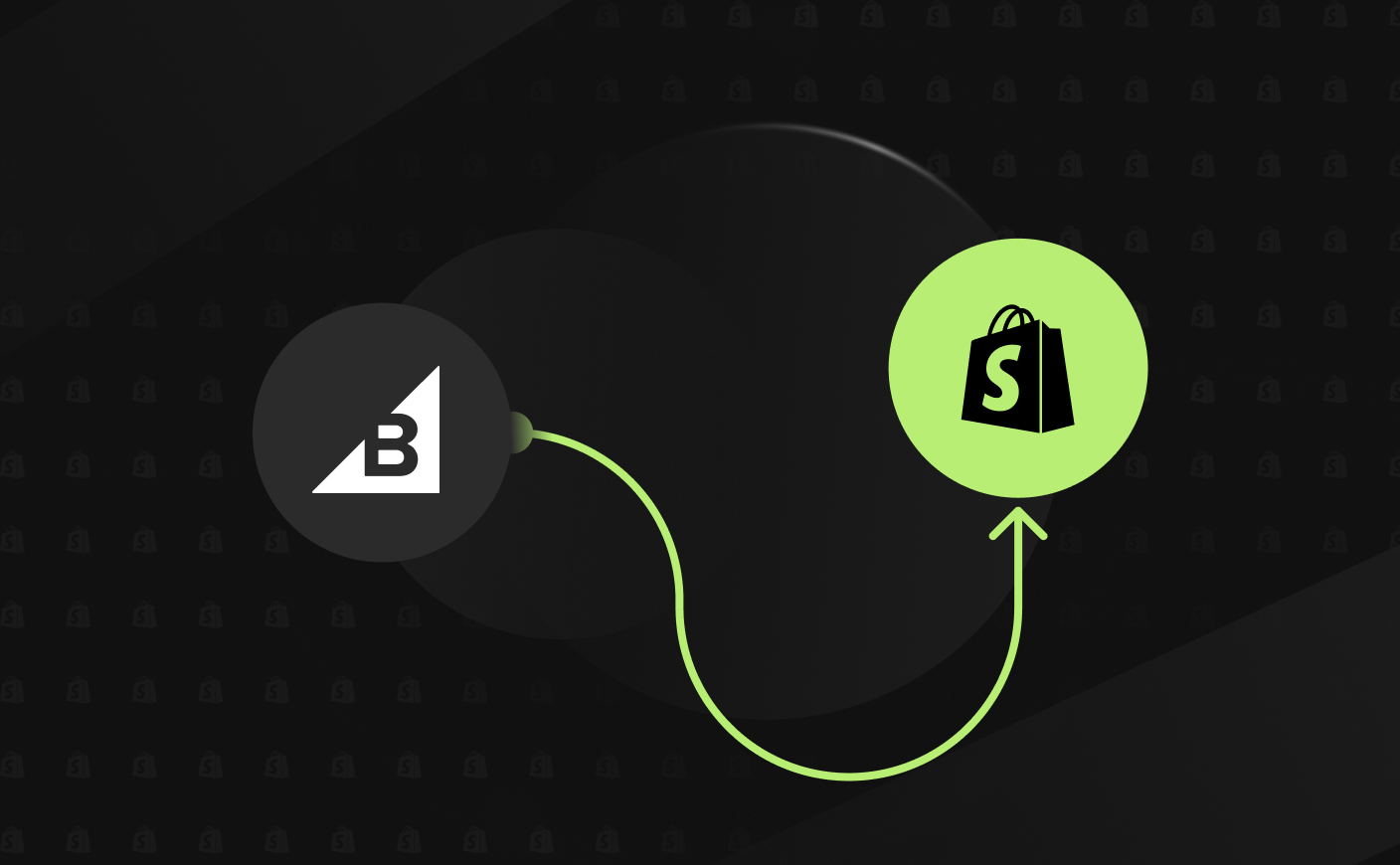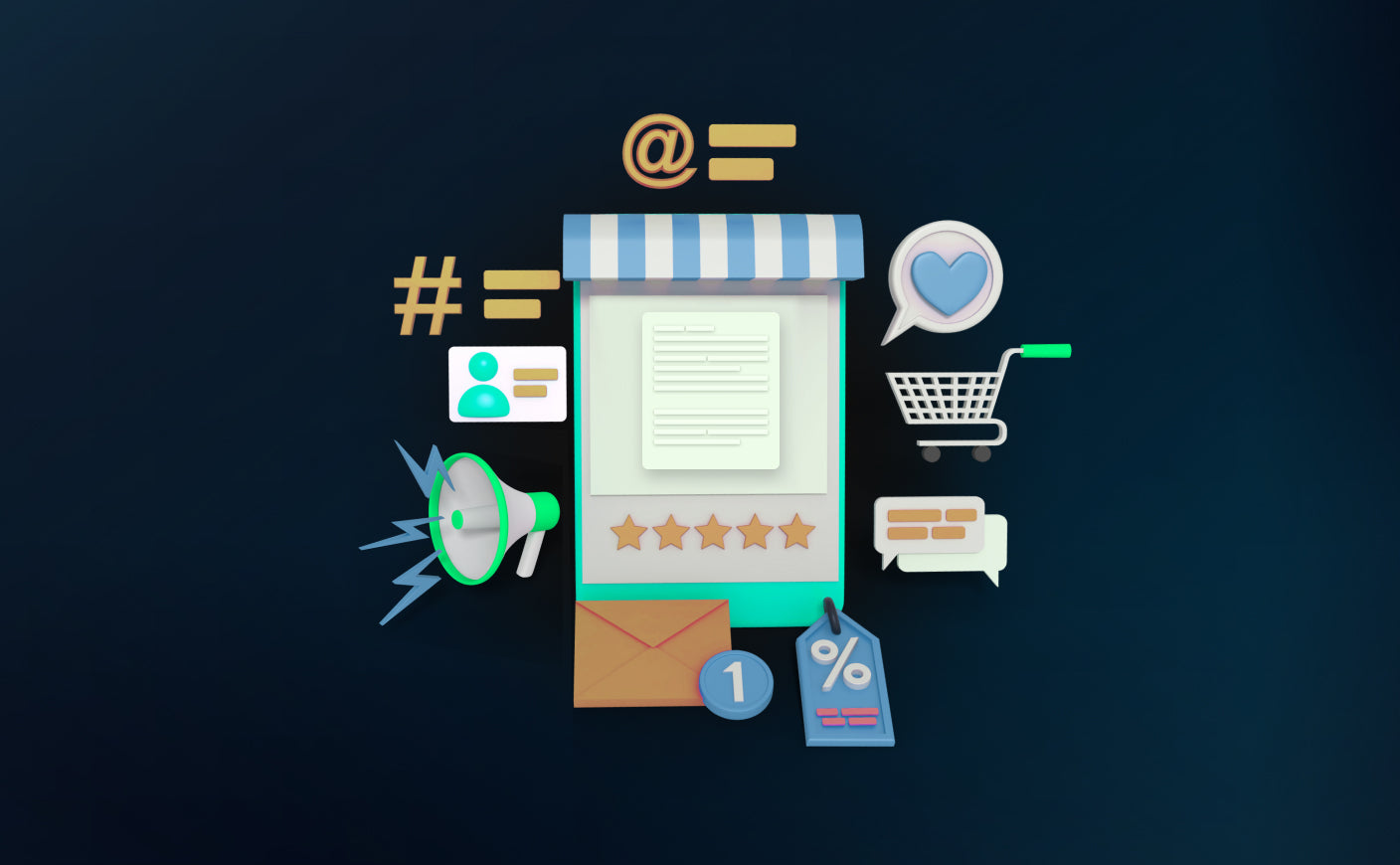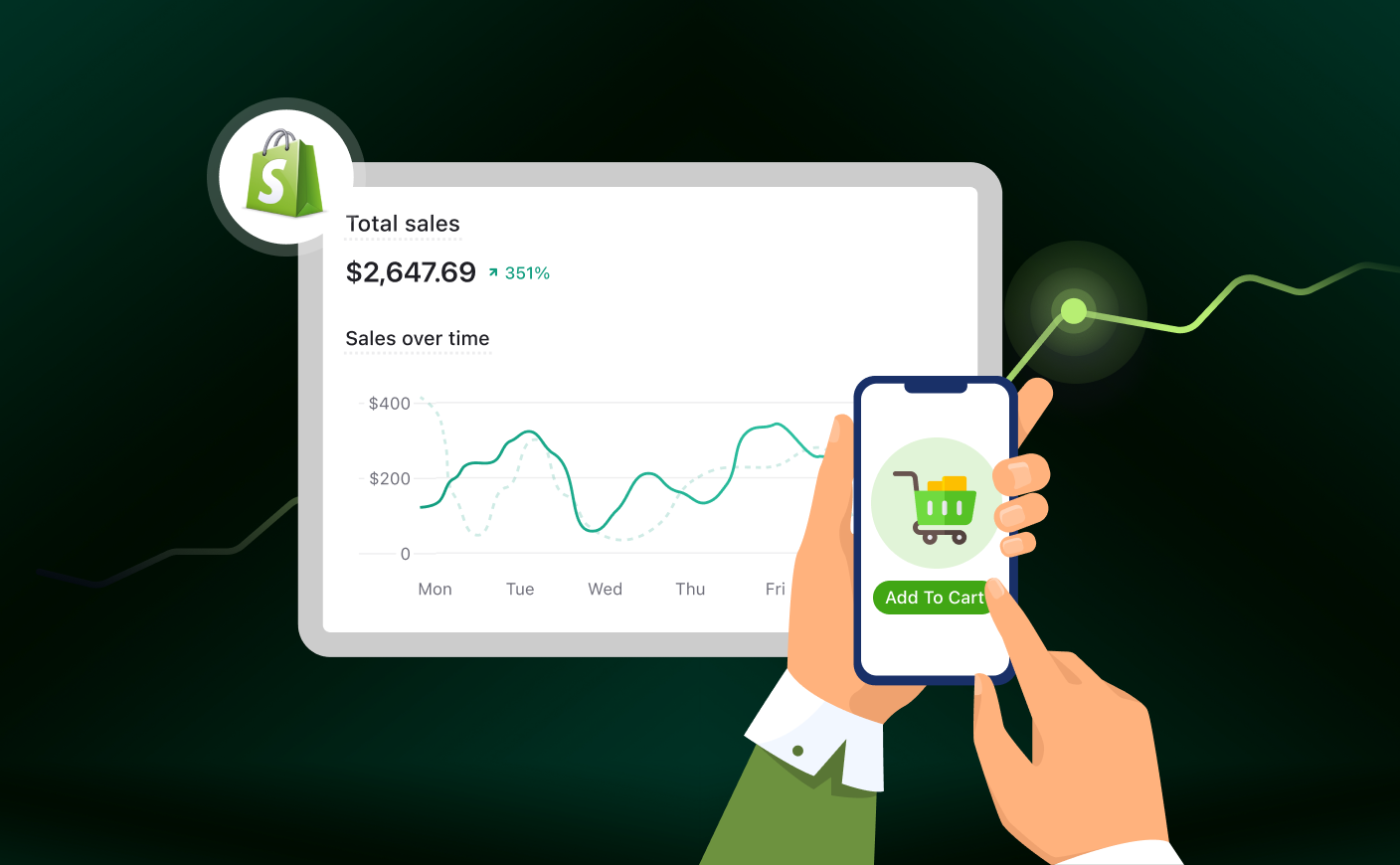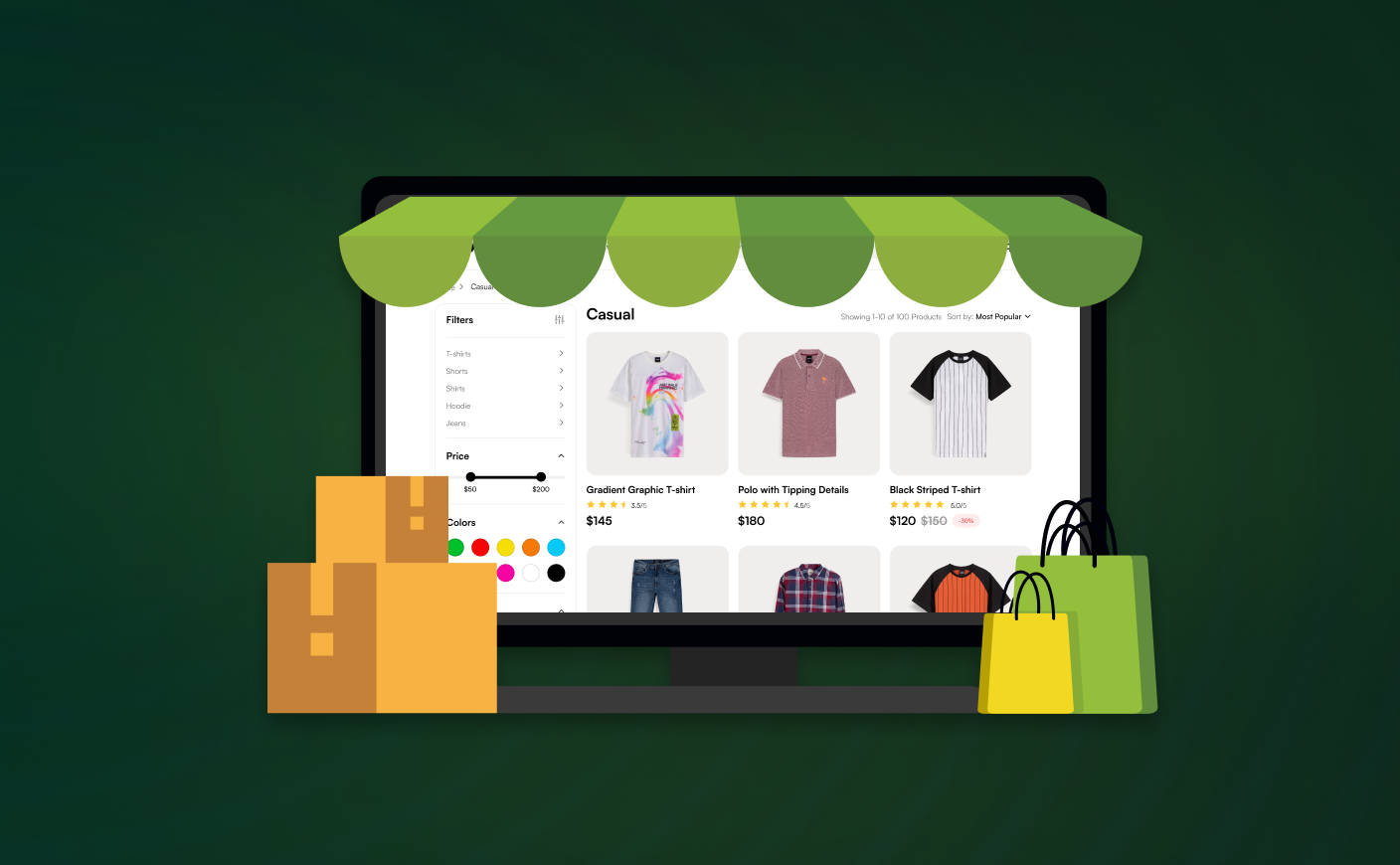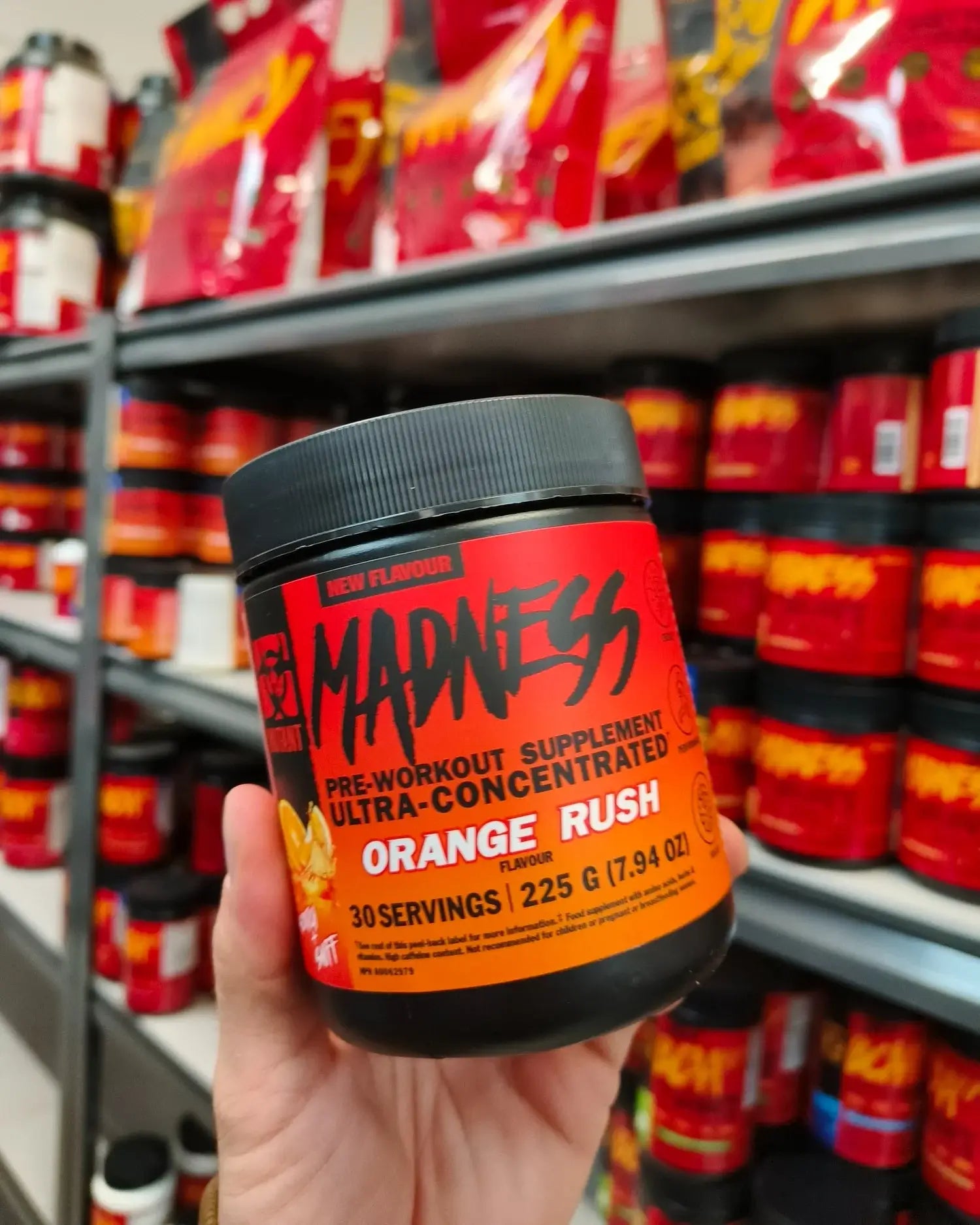What’s Missing in Your Content Marketing Strategy for Ecommerce?
Content Marketing
ecommerce
shopify store

Ecommerce is entering a new chapter in 2025. Global sales are on track to reach $8.1 trillion, but growth is not evenly spread. The brands that are pulling ahead are the ones using content to build trust and loyalty.
Done right, content marketing generates 3x more leads than traditional advertising. Yet most online stores still treat it as a box to tick rather than a growth driver.
The problem is simple. Too many brands are relying on the same tactics they used years ago.
-
Blog posts without a clear purpose.
-
Product descriptions that sound like everyone else’s.
-
Email flows that never evolve.
Meanwhile, customer expectations keep rising. Shoppers want useful answers, stories that feel relevant, and content that helps them make a confident decision.
Social platforms are now shopping channels and personalization is no longer a nice-to-have. Brands that fail to adapt are left with flat traffic and underperforming sales.
This is where most content strategies fall short.
After years of working with Shopify stores, the same gaps appear again and again. In this blog, we’ll look at the eight biggest gaps holding back ecommerce brands in 2025 and share how to close them with strategies built to increase visibility, trust, and conversions.
8 Hidden Flaws In Your Content Marketing Strategy
Let us talk about the major weak links that might be holding back your content marketing strategy.
#1 Skipping the Content Audit
One of the most common mistakes in ecommerce is letting content sit untouched for years. Blogs, product pages, and even email flows collect dust while competitors keep theirs sharp.
Skipping an audit doesn’t just mean old copy. It means missed chances to repurpose content, target trending keywords, and capture traffic you’re currently leaving on the table.
On average, brands that avoid audits see 20 to 30% less organic traffic.
Here’s what a smart audit looks like:
-
Pull everything you’ve published in the last 12–24 months including blogs, product descriptions, emails, social posts.
-
Dig deeper than pageviews. Look at bounce rates, conversions, time on page, and whether content actually drives sales.
-
Spot the gaps. Check what competitors are ranking for that you’re not.
-
Tie it back to Shopify. Use Shopify’s analytics to see where content connects to abandoned carts or product page drop-offs. That’s where the biggest wins are.
Example:
HST, an ecommerce brand, realized their blog was full of underperforming content. They ran a thorough content audit, removing clutter and focusing on posts that actually mattered to their audience.
The results were impressive:
-
Doubled organic sessions
-
More than doubled transactions
-
Increased blog-driven revenue by 64%
(source: goinflow)
Also read: Tips to write Shopify blog titles that drive traffic (With examples)
#2 Ignoring Personalization
One of the fastest ways to lose a shopper is to serve them the same generic content you send to everyone else. In 2025, customers expect a custom experience, but nearly 60% of ecommerce sites still miss the mark.
The result is higher bounce rates, weaker engagement, and email open rates that rarely climb past 20%.
Here’s how to fix it:
Build clear personas - Use Shopify’s customer data such as purchase history, browsing behavior, even location to group buyers into 3 to 5 meaningful segments. This can include eco-conscious millennials or budget-savvy parents.
Personalize your flows - With tools like Klaviyo or Shopify’s Hydrogen, you can swap content blocks and recommendations based on what someone has bought or browsed.
Make it relevant - If a customer just purchased organic skincare, follow up with content about sustainable routines rather than a generic sales blast. This simple shift can increase click-through rates by 30% or more.
Keep it updated - Personas aren’t static. Regularly refresh your segments using surveys and real-time data so you’re always speaking to where your customer is today, not where they were last year.
When your content speaks directly to different customer groups, bounce rates drop, emails perform better, and every piece of content works harder inside your content marketing strategy.
#3 Underutilizing User-Generated Content
Your users trust other users more than they trust brands. If your site only shows polished product shots and generic reviews, you’re missing a major conversion lever.
User-generated content (UGC) builds credibility, brings engagement, and nudges hesitant buyers toward checkout.
Here’s how to make UGC work inside Shopify:
Collect authentic content - Use Shopify apps like Loox or Yotpo to gather photos, videos, and testimonials after purchase. A simple post-purchase email asking for a photo can generate content that feels real and relatable.
Show it where it matters - Embed UGC on product pages, blogs, and even in email flows. For example, a product page with a carousel of real customer photos under the buy button can increase add-to-cart rates by 10–15%.
Incentivize participation - Encourage customers to share tagged posts on Instagram or TikTok with discounts or loyalty points. This creates a steady stream of fresh, authentic content without extra production costs.
Use UGC in abandoned cart emails - A line like “See how our customers are styling this bag” can recover lost sales more effectively than another generic discount.
Example:
Pura Vida, a jewelry brand, leveraged UGC content to increase engagement and sales.
Here’s how they did it:
Encouraged authentic content: Post-purchase emails with a branded hashtag (#puravidabracelets) and discounts motivated customers to share photos.
Showcased customers everywhere: Real customer photos were featured on Instagram and product pages, building trust and credibility.
Built a community: The hashtag connected buyers, fostering a loyal audience and increasing engagement across social channels.
The results: Higher visibility, stronger customer trust, and increased social engagement.
(source: Shopify)
Also read: Top 10 ways to increase revenue with Shopify mobile optimization
#4 Ignoring Smart Content Workflows
Creating content without a system is one of the biggest hidden drains on Shopify stores. Waiting until the last minute to write blogs, product guides, or email sequences often means missing trends, seasonal spikes, and search opportunities.
Here’s how to create content that actually brings growth:
Plan 90-day content cycles - Outline themes, topics, and channels ahead of time. Knowing what’s coming keeps your team consistent and prevents rushed posts that don’t convert.
Use AI smartly, not blindly - Tools like ChatGPT or Jasper can draft outlines, research trending topics, or generate ideas. However, always review and edit for accuracy and brand voice. Your content must feel human to build trust.
Focus on hybrid content - Mix evergreen guides (“How to style your winter collection”) with timely, trend-based posts (“Top sustainable fashion picks this season”). This keeps traffic steady while capturing seasonal demand.
Tie every piece to performance - Use Shopify analytics to see which blogs or guides lead to product views, cart additions, or repeat purchases. Content that doesn’t move metrics isn’t worth publishing.
#5 Weak SEO and Search Optimization
Most Shopify stores stop at basic keywords and meta tags, but that’s no longer enough. In 2025, shoppers are using voice search, AI summaries, and question-based queries.
Here’s how to make SEO work for your store:
Target real shopper questions - Go beyond “best [product].” Focus on problem-first queries like “how to prevent leggings from stretching” or “easy ways to care for leather bags.” Your product becomes the solution.
Structure for AI and mobile - Use clear H2s, bullet lists, and FAQs so your content can be pulled into Google’s AI summaries. Keep product descriptions concise for mobile while linking to detailed guides for deeper engagement.
Use Shopify SEO tools - Apps like SEO Manager help automate meta tags and track core web vitals. Optimizing for speed and mobile ensures content ranks and converts.
Monitor and iterate - Check which pages drive assisted conversions in Shopify analytics. Pages that rank but don’t convert may need better CTAs or internal links.
SEO isn’t just about being found. It’s about being found when your customers have a clear intent to buy. Structured, problem-focused content boosts traffic and turns browsers into buyers.
Also read: How to sell on Shopify without spending big on ads
#6 Skipping Multimedia and Interactive Content
Text-only content doesn’t sell products anymore. Shoppers want to see, try, and engage before buying.
Here’s how to make your content more dynamic inside Shopify:
Add short demo videos - 15–30 second clips showing products in action. Whether it’s trying on apparel or using a gadget, it can significantly increase add-to-cart rates.
Use interactive elements - Quizzes, polls, and calculators help customers find the right product and keep them on-site longer. For example, a skincare quiz like “Find Your Perfect Routine” can increase dwell time by 50% and capture emails for follow-up.
Repurpose content across channels - Turn product videos into Instagram Reels, TikToks, or embed snippets in emails. This expands reach without creating entirely new content.
Tie multimedia to Shopify outcomes - Track which videos or quizzes lead to conversions using UTM parameters or Shopify’s analytics. That way, you know exactly what brings revenue, not just engagement.
Example:
Rebecca Minkoff, a fashion brand, integrated 3D modeling and augmented reality (AR) into their product pages.
Their results:
-
44% Increase in Add-to-Cart Rate
-
27% Increase in Order Conversion
-
65% Increase in Order Conversion with AR
(source: Shopify)
#7 Ignoring Measurement and Data-Driven Insights
Creating content without tracking results is like sailing without a compass. Many Shopify stores publish blog posts, emails, and social campaigns but have no idea which pieces are actually driving sales. Without this insight, budgets get wasted and growth stalls.
Here’s how to make measurement work:
Define the right KPIs - Track metrics that matter: add-to-carts, assisted conversions, repeat purchases, and customer lifetime value. Likes and shares are nice, but revenue is the goal.
Use Shopify analytics and GA4 - Connect content performance to real sales outcomes. For example, see which blog posts lead to product views or checkout initiations.
Test and iterate - Run A/B tests on headlines, CTAs, and email flows. Even small changes can double conversion rates if you know what to track.
Review regularly - Quarterly dashboards help identify which content formats or topics consistently perform. Shift focus to what brings ROI, whether that’s UGC, videos, or certain email flows.
Also read: 8 Proven tips to increase your ecommerce conversion rate
#8 Neglecting Retention and Omnichannel Integration
Most Shopify stores focus all their energy on acquiring new customers and stop once the sale is complete. That’s a huge missed opportunity. Repeat buyers spend 67% more than first-time shoppers, and retaining them is far cheaper than acquiring new ones.
Here’s how to turn retention into a growth driver:
Build post-purchase flows - Send tutorials, care guides, or styling tips after someone buys. For example, a customer who buys a jacket might get a “how to layer it for winter” email a week later.
Sync content across channels - Make sure your messaging flows across Shopify, email, SMS, and social media. A consistent experience reduces confusion and keeps customers engaged.
Tie content to loyalty programs - Offer VIP perks, early access, or exclusive content for repeat buyers. Even small gestures like a behind-the-scenes video or a sustainability report can strengthen brand affinity.
Track retention metrics - Use Shopify and email analytics to see which content drives repeat purchases and lifetime value. Focus on what keeps customers coming back rather than just acquiring new ones.
Example:
Beauty Heroes, a clean beauty eCommerce brand, improved retention and loyalty by integrating Shopify POS and unifying online and in-store experiences.
Here’s what they did and achieved:
- Unified Customer Data: Consolidated online and in-store info thus saving hours of manual reconciliation.
- Targeted Promotions: Personalized offers based on purchase history therefore increasing repeat purchases.
- Loyalty Programs: Offered perks and early access to strengthen customer retention.
- Consistent Messaging Across Channels: Synced email, SMS, social, and Shopify to improve engagement.
- Post-Purchase Flows: Send tutorials and tips after purchases thus nurturing long-term loyalty.
Final Thoughts
In 2025, winning with content is not about posting more. It is about posting smarter. The brands that succeed truly understand their customers, use data to make better decisions, and make every piece of content meaningful.
When content connects, engages, and solves real problems, it does more than attract clicks. It builds trust, drives sales, and keeps shoppers coming back. Smart, intentional content works harder without creating extra work for your team.
Frequently Asked Questions
How often should I review my content to keep it effective?
Check your content every 12 to 24 months. Refreshing old blogs, product pages, and emails helps capture lost traffic and keeps your content relevant.
Which personalization methods actually increase conversions?
Simple actions like showing products based on past purchases, sending custom emails, and segmenting customers by behavior can significantly increase engagement and sales.
Can real customer content really sell better than professional photos?
Yes. Customer photos and reviews feel authentic and relatable. They build trust and often lead to higher add-to-cart and checkout rates.
What is the most overlooked metric for content marketing success?
Many stores focus only on traffic. Tracking metrics like repeat purchases, assisted conversions, and revenue generated from content gives a true picture of what drives growth.




